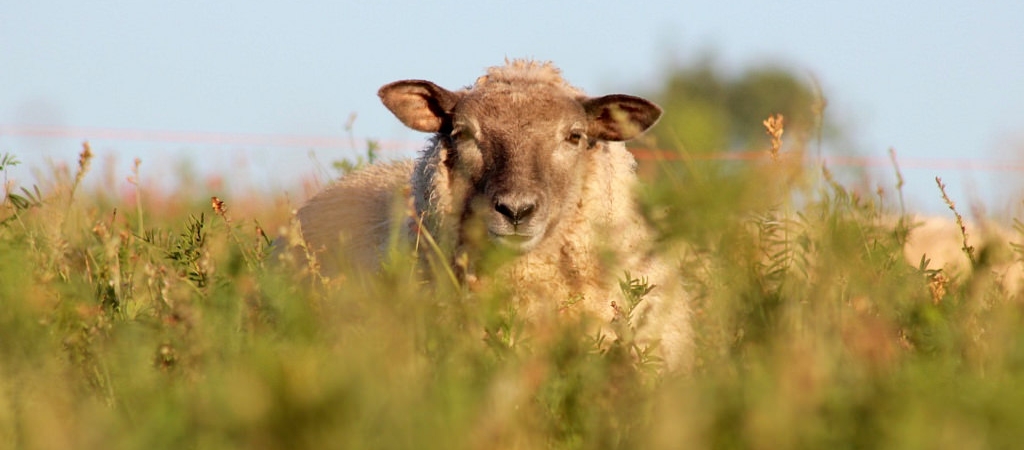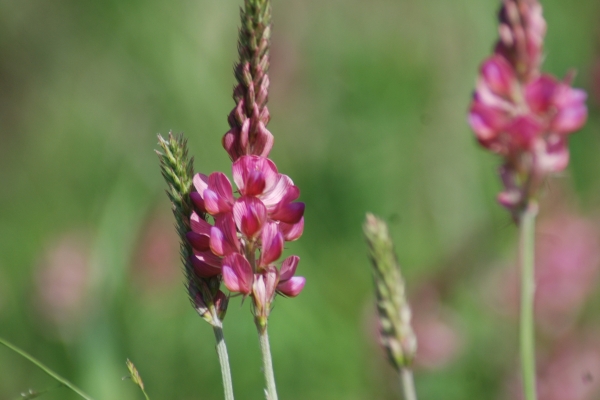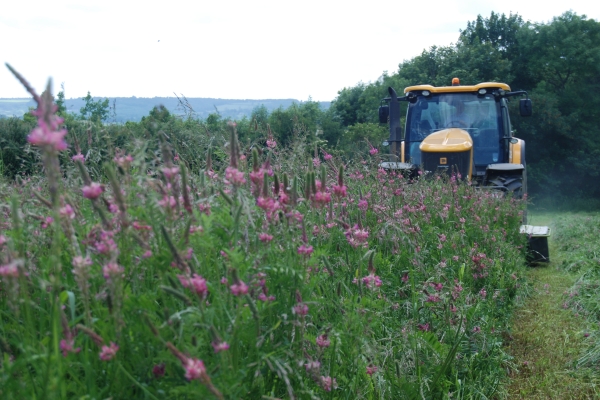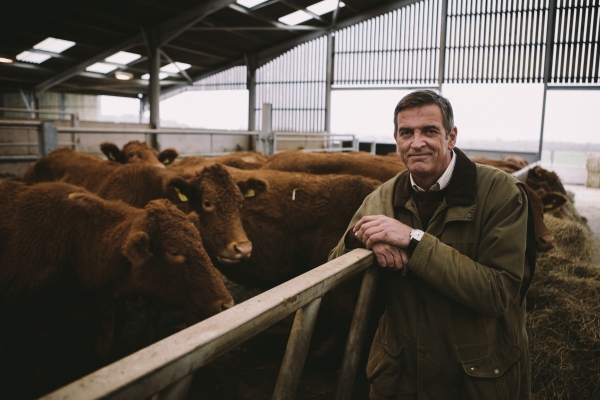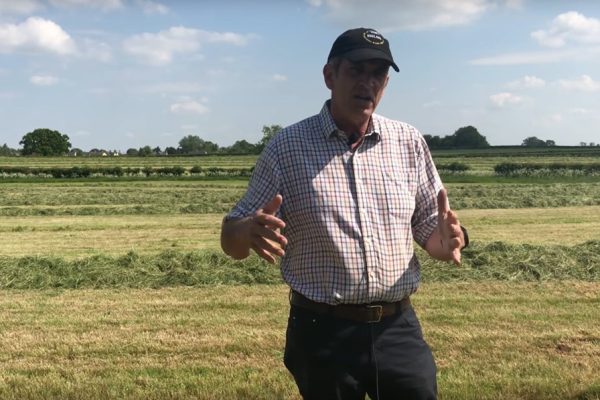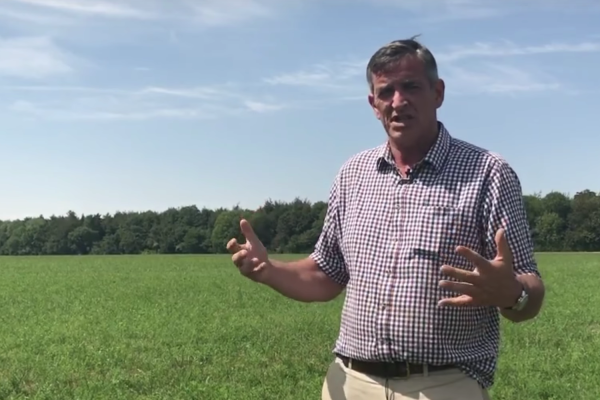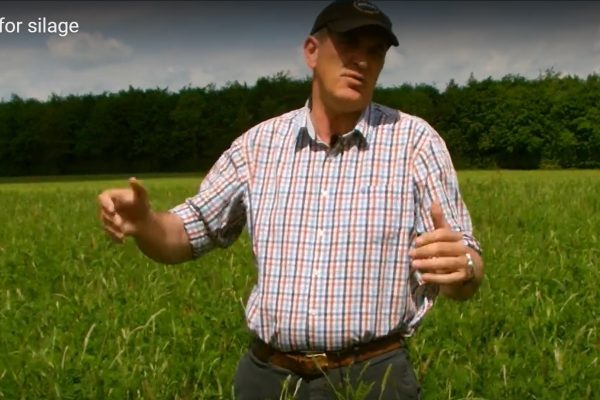Sainfoin
Surprising Science behind a Forgotten Forage
Resource explained
Sainfoin is a legume that can be grown as a perennial ley used for livestock feed, is resistant to many common pests and diseases, and has beneficial nutraceutical, anti-bloating and anti-parasitic properties.
This guide is an output from the EU-funded project LegumePlus that investigated the benefits of growing sainfoin and other forage legumes to help improve protein utilisation in ruminants, combat parastic nematodes and aid nitrogen fixation.
The practical guidance, which includes ways of improving establishment and yields, unites scientific research and farming practices.
Sainfoin; its common names, varieties, history, and botany are described.
‘Growing sainfoin’ looks at climate, habitat, soil, temperature, drought tolerance, sowing, inoculation, nitrogen fixation, weed control, companion cropping, pests and diseases and seed production.
‘Sainfoin as a forage’ covers plant tannins, feeding value to ruminants, greenhouse gas emissions, effects on milk and meat quality, and natural worming attributes.
‘Ecological aspects’ focuses on benefits for pollinators.
Findings & recommendations
- Sainfoin is rich in protein that can be utilised well by ruminants.
- Sainfoin as a forage can help lower potential contamination of pasture and risk of animal infection. Its antiparasitic properties make it an option for a more natural way to control worms.
- Feeding trials with dairy cows in the Netherlands showed that a partial replacement of grass silage by sainfoin silage resulted in: 5% increase of dietary intake, 10% increase in milk production, and 12% reduction in methane emissions per kg of milk produced.
- Timely sowing in warm soils and establishing good weed control will help overcome problems associated with establishment and low yields. The guide focuses on companion cropping as well as herbicides in relation to tackling weeds.
- The guide includes an interview with a farmer who explains how he grows sainfoin and overcomes challenges. It also includes useful comparisons of benefits and attributes associated with common sainfoin varieties, and results of drought resistance tested in some common cultivars.
- Sainfoin flowers are rich in pollen and nectar; the nectar can attract ten times more bees than clover species.
- Sainfoin is a particularly high yielding ‘honey’ plant. The pollen has one of the highest oil contents of all UK flowering plants.
